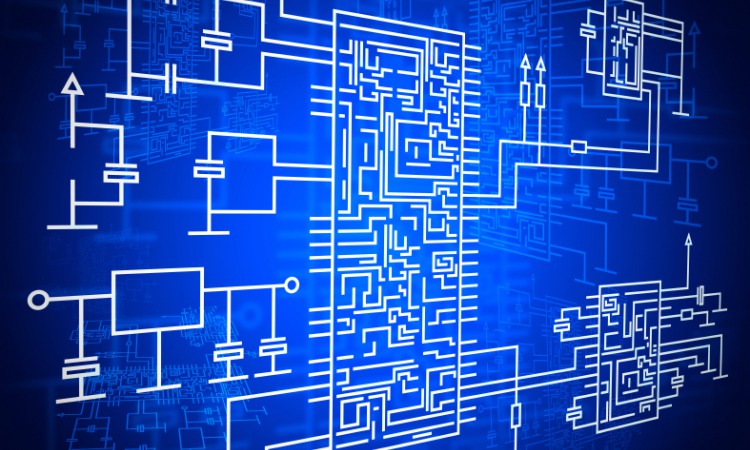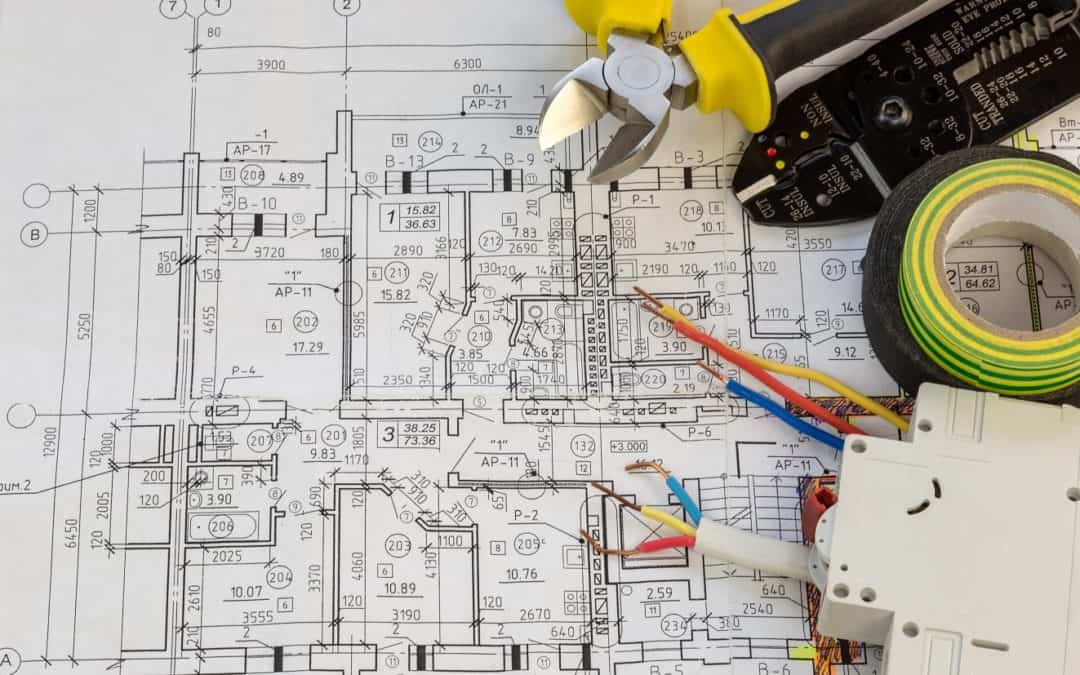Trusted Residential Electrical Design Services for Functional Home Wiring
Trusted Residential Electrical Design Services for Functional Home Wiring
Blog Article
Cutting-edge Electric Design Solutions for Modern Infrastructure
The evolution of modern infrastructure requires ingenious electrical design solutions that not just improve operational effectiveness yet likewise address sustainability difficulties. As metropolitan settings expand progressively complex, incorporating modern technologies such as wise grids and renewable power resources comes to be vital. These improvements not only assure to enhance energy intake but also foster strength against future needs. The landscape of electric design is going through fast change, motivating a closer evaluation of arising trends and their effects for long-term infrastructure feasibility. What might the future hold for those who embrace these innovative methods?
Value of Ingenious Electric Design
Innovative electrical design plays a vital duty in contemporary infrastructure, influencing not just performance yet likewise sustainability. As cities advance and the need for power rises, the demand for advanced electrical systems comes to be vital. These systems have to not just meet present needs yet additionally anticipate future development and technical innovations.
A well-executed electrical design can significantly minimize energy consumption, thereby lowering functional expenses and lessening environmental influence. By integrating renewable resource sources, such as photovoltaic panels and wind generators, cutting-edge styles can boost power freedom and durability. Smart grid innovations allow for real-time surveillance and monitoring of energy circulation, enhancing efficiency and decreasing waste.
Security is another critical element of electric design. Applying rigorous criteria and advanced innovations can minimize dangers related to electrical failings, making certain a protected setting for locals and services alike. Furthermore, innovative layouts facilitate adaptability, enabling frameworks to integrate emerging innovations effortlessly.
Trick Trends in Electrical Design
As the landscape of electric design continues to develop, several key patterns are forming the future of the sector. One substantial pattern is the assimilation of smart innovation right into electrical systems. The expansion of the Net of Things (IoT) has actually enabled real-time tracking and control of electric gadgets, enhancing effectiveness and promoting anticipating maintenance.
Another pattern is the growing focus on modular design. This strategy enables for flexible and scalable services, allowing infrastructure to adjust to transforming demands without considerable renovations. Furthermore, making use of innovative simulation tools and Building Details Modeling (BIM) is ending up being progressively widespread, streamlining the design procedure and boosting cooperation amongst stakeholders.
Additionally, improvements in products science are causing the development of lighter, much more resilient, and energy-efficient components. This innovation is especially crucial for high-performance buildings and infrastructure jobs.
Lastly, there is a significant change towards data-driven decision-making - industrial electrical design. Leveraging information analytics aids designers optimize systems for performance and cost-effectiveness. Together, these trends indicate a transformative period in electrical design, improving functionality, sustainability, and strength in modern framework
Sustainable Power Solutions
Lasting power options are increasingly becoming an essential focus in electric design, showing a broader commitment to ecological obligation and source efficiency. These options aim to lessen environmental influence while optimizing power consumption in different facilities, from property buildings to big commercial facilities.
One of the leading techniques entails the combination of renewable resource sources, such as photovoltaic panels and wind turbines, right into electrical systems. This not just reduces dependence on fossil gas yet likewise boosts power strength. Additionally, ingenious power storage space systems, such as innovative batteries, enable effective monitoring and circulation of power, ensuring that surplus power produced during height manufacturing can be utilized during high demand periods.
In addition, energy-efficient design practices are being taken on to boost overall system performance. This consists of using energy-efficient lights, HVAC systems, and wise structure innovations that check and adjust energy usage based on occupancy and ecological conditions.
Smart Grid Technologies
The application of sustainable energy services normally leads to the exploration of smart grid technologies, which play a crucial duty in modernizing electric systems. Smart grids take advantage of progressed interaction modern technologies and information analytics to boost the reliability, efficiency, and sustainability of electrical energy circulation. By integrating electronic innovation with standard grid facilities, these systems promote real-time tracking, automated control, and enhanced decision-making capabilities.
One of the key functions of wise grids is their ability to accommodate renewable resource sources, such as solar and wind power. This adaptability not just lowers dependency on fossil fuels but also permits for an extra decentralized power manufacturing version. Additionally, clever grids allow demand feedback programs, where customers can readjust their energy use based on real-time rates, thus promoting energy preservation and minimizing peak lots needs.
In addition, wise grid technologies improve grid resilience by allowing quicker identification and resolution of interruptions, inevitably reducing downtime. With anticipating maintenance and analytics, utilities can boost and enhance operations solution shipment. As cities and areas remain to progress, smart grid innovations are important for building a lasting and effective my explanation electric framework that meets the demands of modern-day culture.

Future-Proofing Framework
To ensure lasting feasibility and adaptability, future-proofing facilities is crucial in the quickly developing landscape of electric design services. As modern technology developments and energy demands shift, it is important that electrical systems are created with flexibility in mind. This involves integrating scalable remedies that can fit future over here upgrades without demanding considerable overhauls.

In addition, sustainability should be a keystone of future-proofed designs. Using renewable resource resources, such as solar and wind, and optimizing energy performance decrease dependence on nonrenewable fuel sources, lining up with global initiatives to combat climate adjustment.
Conclusion
By prioritizing sustainability, effectiveness, and versatility, these services deal with the advancing needs of energy systems. The combination of smart grid technologies and sustainable energy remedies boosts resilience and decreases functional prices.
A well-executed electric design can significantly lower power usage, therefore reducing operational prices and minimizing ecological effect. By including eco-friendly energy sources, such as solar panels and wind turbines, innovative layouts can improve energy independence and resilience. Additionally, cutting-edge energy storage space systems, such as sophisticated batteries, enable efficient administration and circulation of energy, ensuring that excess power produced throughout height manufacturing can be made use of throughout high need periods.
Wise grids allow demand feedback programs, where customers can adjust their energy use based on real-time pricing, thus promoting energy preservation and decreasing peak lots needs. (industrial electrical design)
As technology advances and energy demands change, it is important that electric systems are made with find more adaptability in mind.
Report this page